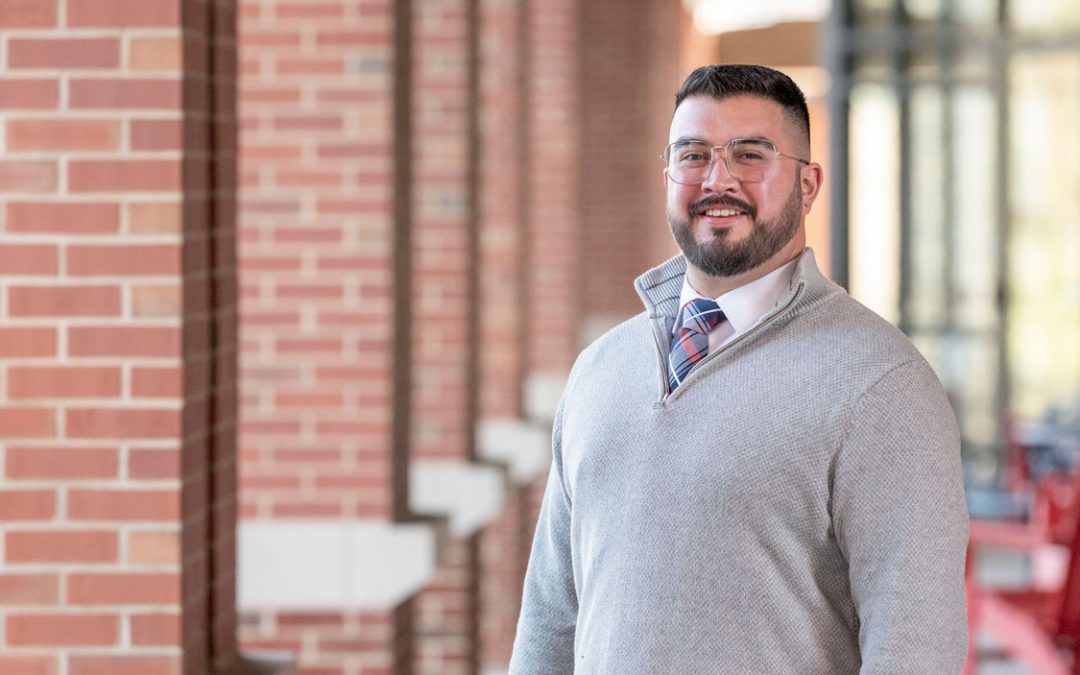
Richard Rosenfeld, a Curators’ Distinguished Professor Emeritus of Criminology and Criminal Justice, has been studying the rise in homicides associated with the opioid epidemic. (Photo by Derik Holtmann)
Anyone who watched the hit HBO series “The Wire” in the early 2000s came away with a sense of how the increasing use of illicit opioids in the United States could contribute to surges in violent crime.
The show ran from 2002 through 2008, in what were still the early days of an almost 25-year epidemic that has seen opioid overdose deaths exceed 20,000 per year for the past 15 years while rising to more than 80,000 per year by 2021, according to data from the National Center for Health Statistics.
But the killings aren’t restricted to only the users, as “The Wire” and similar pieces of popular culture have highlighted. The illegal drug markets that develop to meet users’ demand can also create turf battles between people looking to profit from addiction, and without the ability to engage law enforcement, those people often resort to violence to settle disputes.
Until recently, however, there had not been much rigorous study about the connection between the rising prominence of opioids and homicides, whether in urban areas like Baltimore – where “The Wire” was set – or in rural communities, such as those in Appalachia, where in many ways the epidemic has hit hardest.
Richard Rosenfeld, a Curators’ Distinguished Professor Emeritus of criminology and criminal justice at the University of Missouri–St. Louis, has joined colleagues Joel Wallman, the director of research at The Harry Frank Guggenheim Foundation, and Randolph Roth, Arts and Sciences Distinguished Professor of History and Sociology at The Ohio State University, in studying the connection between opioid use, opioid-related deaths and homicide.
To date, they’ve published peer-reviewed articles in the Journal of Research in Crime and Delinquency and in Homicide Studies, based on their research. The Harry Frank Guggenheim Foundation recently published a report highlighting their work titled “The Opioid Epidemic and Homicide.”
In the latest installment of its Ask an Expert series, UMSL Daily conducted a video interview with Rosenfeld about the research. Watch below:














